A common solution for real time video apps is to rely on Video call API, a niche in CPaaS, which makes use of WebRTC.
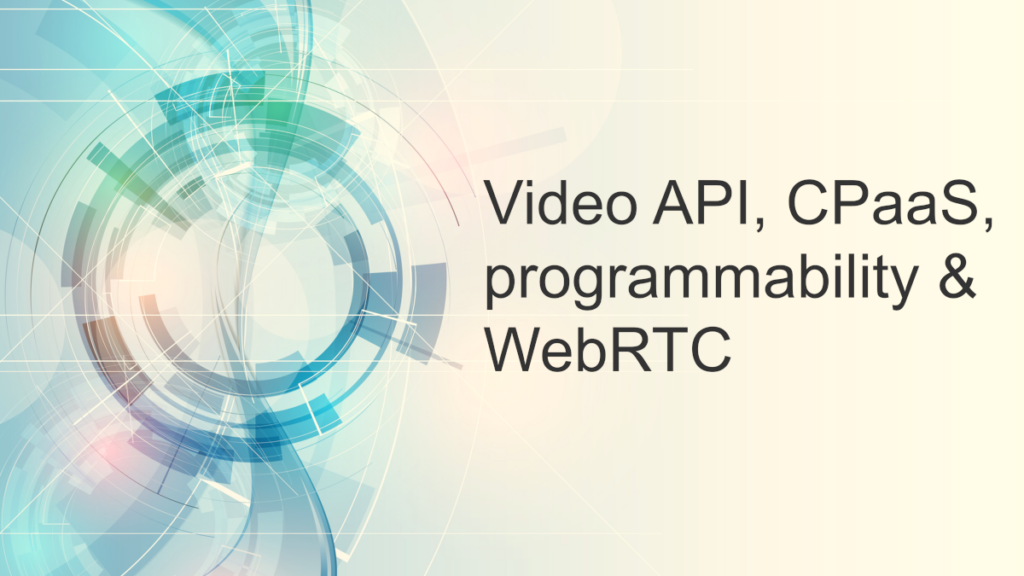
WebRTC has been around for enough time now to garner the creation of an ecosystem around it – both commercial and open source. I’ve recently covered the state of open source WebRTC solutions. It is time to look at the commercial solutions, and in them, to focus on the managed Video API – also known as CPaaS or “programmable video”.
The need for managed video API in WebRTC
WebRTC isn’t simple. It is simpler than building the whole thing by yourself, but getting it deployed and building and managing all the backend side for it is a grind. It isn’t just the initial implementation and setup, but rather the ongoing updates and maintenance – WebRTC is still a living thing that requires care and attention.
Some vendors go for open source solutions. Others will aim for commercial infrastructure that they host on their own. Most would simply rely on the cloud, using a video API.
At the end of the day, the concept is rather simple – a third party CPaaS / video API vendor puts up the infrastructure, maintains it and scales it. Adds a public API on top. Sprinkles helpful documentation. And gets developers to pay for the use of this infrastructure.
It is a win-win for everyone:
- The video API vendor has paying customers, while focusing on delivering high real time video communication solution
- Developers can use the video API to get faster time to market, while enjoying the video API vendor’s economies of scale and expertise. At the same time, they can focus on building their own application, where video is just one part of the whole experience
Video API, CPaaS or programmable video?

One thing to note is that there’s no specific definition or term to use here.
Some use video API, which I decided to use for this article.
Others will simply say CPaaS – Communication Platform as a Service, but refer to the video feature/product within that market. CPaaS does a lot more and usually focuses on voice and SMS.
There are those who use VPaaS – Video Platform as a Service, to try and explain that this is still CPaaS but for video. Or still UCaaS (Unified Communications as a Service) but for video. I never did relate to this one.
Others still use Programmable Video.
Then there’s RTC (Real Time Communication) and RTE (Real Time Experience). Trying to broaden the scope beyond the mere use of APIs.
I’ve used WebRTC API Vendor or WebRTC PaaS in the past. Today I am just trying to use CPaaS or video API. Mostly.
Video Call, Video Chat or Group Video?
In the same manner that we have multiple names to describe video API vendors we have multiple phrases to describe what it is we are doing with real time video communications.
The usual names are video call, video chat, group video, video conferencing.
And then there’s also live streaming and broadcast – when a single or a small number of users broadcast their video in real time to a potentially very large audience.
Who are the video API vendors and what do they offer?
Assuming you are looking for a video API vendor, who are the candidates we have in the market? Here are a few of them.
Twilio video API
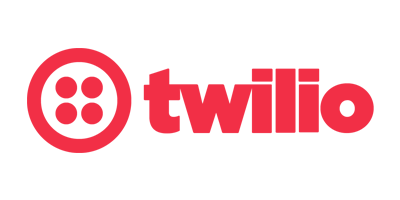
You can’t start any discussion about CPaaS without looking at Twilio. Twilio is the uncontested leader in CPaaS and communication APIs. It has grown up in that space and is expanding it beyond the initial developers and API focus it once had.
When it comes to video API, Twilio’s main offering is Twilio Programmable Video. It wasn’t the first to come to market, but it can’t be ignored simply because it comes from Twilio.
Sadly tough, the recent downsize at Twilio was accompanied with an email and a blog post shared by Jeff Lawson, CEO of Twilio:
As we’ve discussed frequently, we have four priorities for reaching profitability and leading in customer engagement: Investing in our platform reliability and trust, increasing the profitability of messaging, accelerating Segment adoption, and scaling the Flex customer base.
Twilio’s priorities are:
- Platform reliability
- Profitability of messaging
- Segment adoption
- Flex adoption
None of it really related to video API or the Twilio Programmable Video…
This doesn’t say that Twilio Programmable Video is good or bad. Just that it isn’t the main focus for Twilio.
Vonage Video API
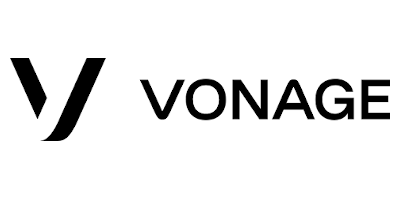
The Vonage Video API is another popular choice. It came to Vonage through its acquisition of TokBox from Telefonica. At the time, the TokBox API was one of the most widely known and used alternatives out there.
Today, the Vonage Video API is still going strong.
Vonage was acquired by Ericsson this year, which can be seen as either a good thing or a bad thing for the Vonage Video API.
On one hand, Ericsson doesn’t cater developers, the long tail or video calling use cases, so what do they have to contribute here? This is again just going to be a distraction for them.
On the other hand, Ericsson just acquired Vonage. They are unlikely to make big sweeping changes. As the world goes into recession, this may mean that the Vonage Video API internal resources will be left untouched a while longer compared to other vendors in this space.
The rest of the video API pack
There are many other alternatives in the video API space.
In 2020 I shared my viewpoint as to the entrance of Amazon’s Chime SDK and Microsoft’s Azure Communication Services into this market of video API.
Other vendors include Agora, Daily, Dolby and many others.
Each with its own focus areas, strength and limitations.
What about Zoom video conferencing API?
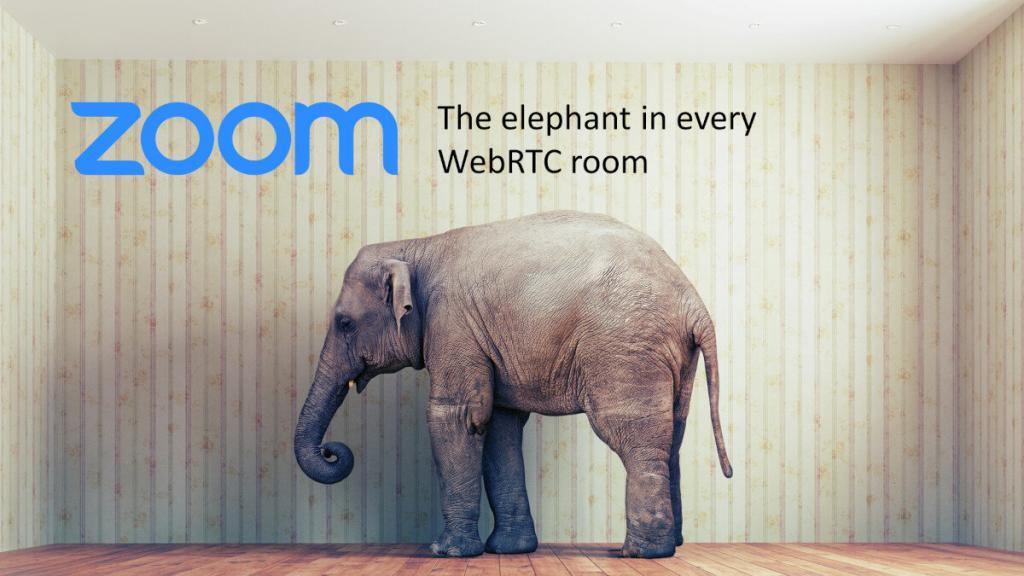
No list of video vendors will be complete without mentioning the elephant in the room – Zoom.
Zoom offers a set of APIs and integrations in various levels and uses:
- Zoom has an SDK to develop Zoom Apps – applications that live inside Zoom and interact with it
- Zoom Meeting SDK – letting you embed the Zoom experience inside your own application. Practically whitelabeling the Zoom interface
- Zoom Video SDK – a video API that is comparable and competitive with the rest of the vendors mentioned here
From APIs to lowcode/nocode Prebuilt solutions
The biggest notable trend in the video API domain is the introduction of Prebuilt solutions.
I’ve been waiting for this to take shape for many years now, and it finally is happening.
Prebuilt are lowcode/nocode solutions that enable developers to write less code in order to embed the video API experience into their application. Here, the vendor offers more than an API layer, and instead of letting the developers using its platform figure out how to implement the UX/UI layer, it is given as a prebuilt component – usually with some level of configuration.
Most video API vendors today offer this in some form or shape or another – from official and unofficial reference applications, to iframe solutions, UIKits or application builders.
Daily, who has kindly sponsored my free ebook on nocode/locode in CPaaS is one such vendor. Their Prebuilt solution is quite comprehensive.
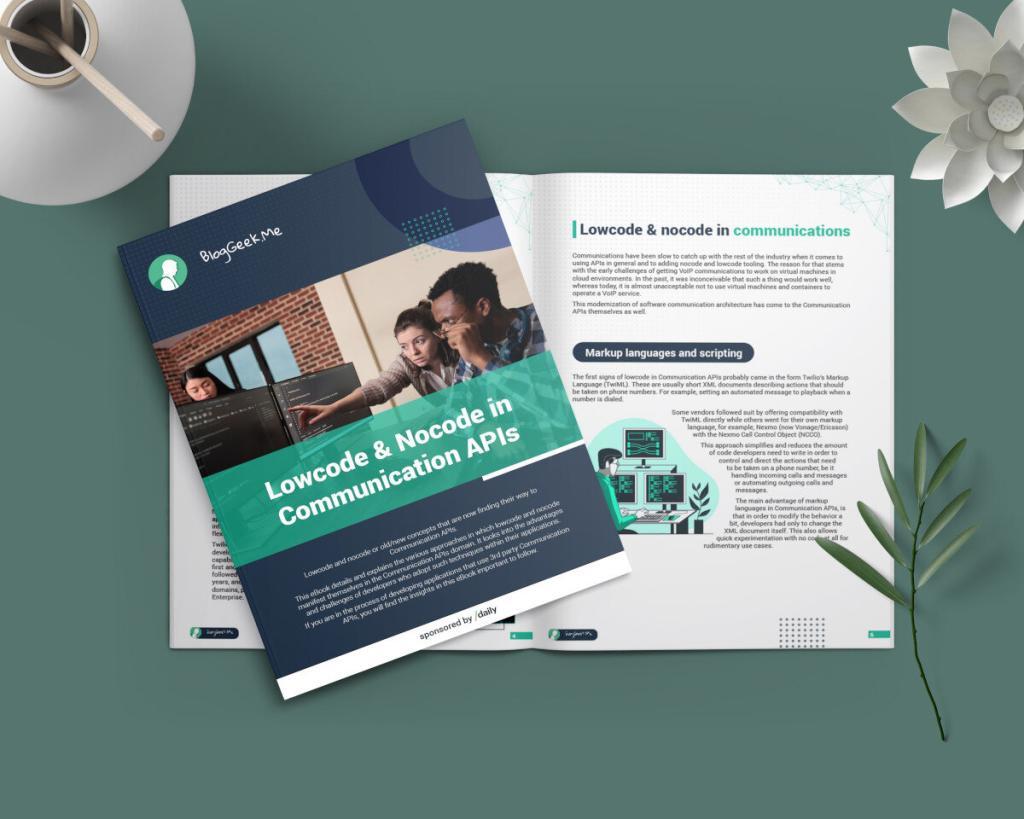
Is there a perfect video call API?
No.
Video communication is varied and flexible. It has many different scenarios and use cases. Today, there is no vendor that can cover all these use cases well. It means that there is no single vendor that offers a video API that can be automatically recommended for use.
The answer is more complex than that and boils down to “it depends”. It depends what it is you want to develop and what are your exact requirements and limitations.
There’s an (updated) report for that
To understand which video API vendor offers the best fit to your needs, you can look at my Choosing a WebRTC API Platform report. It just got a fresh update.
25 vendors are covered, looking at them from various aspects. You’ll be learning:
- The various strategies developers tend to take in building their WebRTC applications
- What makes developers go for a video API solution, and what type
- Which KPIs you should be measuring in video API products
- What do each of the video API vendors have to offer you
This can greatly reduce the time it will take you to make your selection, as well as lower the risks of making the wrong decision.

Did I mention there’s a discount until the end of the month?

What about the new CloudFlare Calls thing? Looks like an alternative to Vonage, Twilio, etc.. And it is baked by a tech giant, so it may get a lot of traction in the next months
Jason,
True. I’ll be needing to add them in the next round.
A few thoughts here though:
1. We already have AWS and Azure offering something similar and a lot more mature than Cloudflare Calls. It has changed the market, but not much (yet)
2. Cloudflare announced a TURN service in closed beta last year. Nothing was updated about it since, so allow me to be a bit skeptical about Cloudflare calls until I see it in action AND out of closed beta